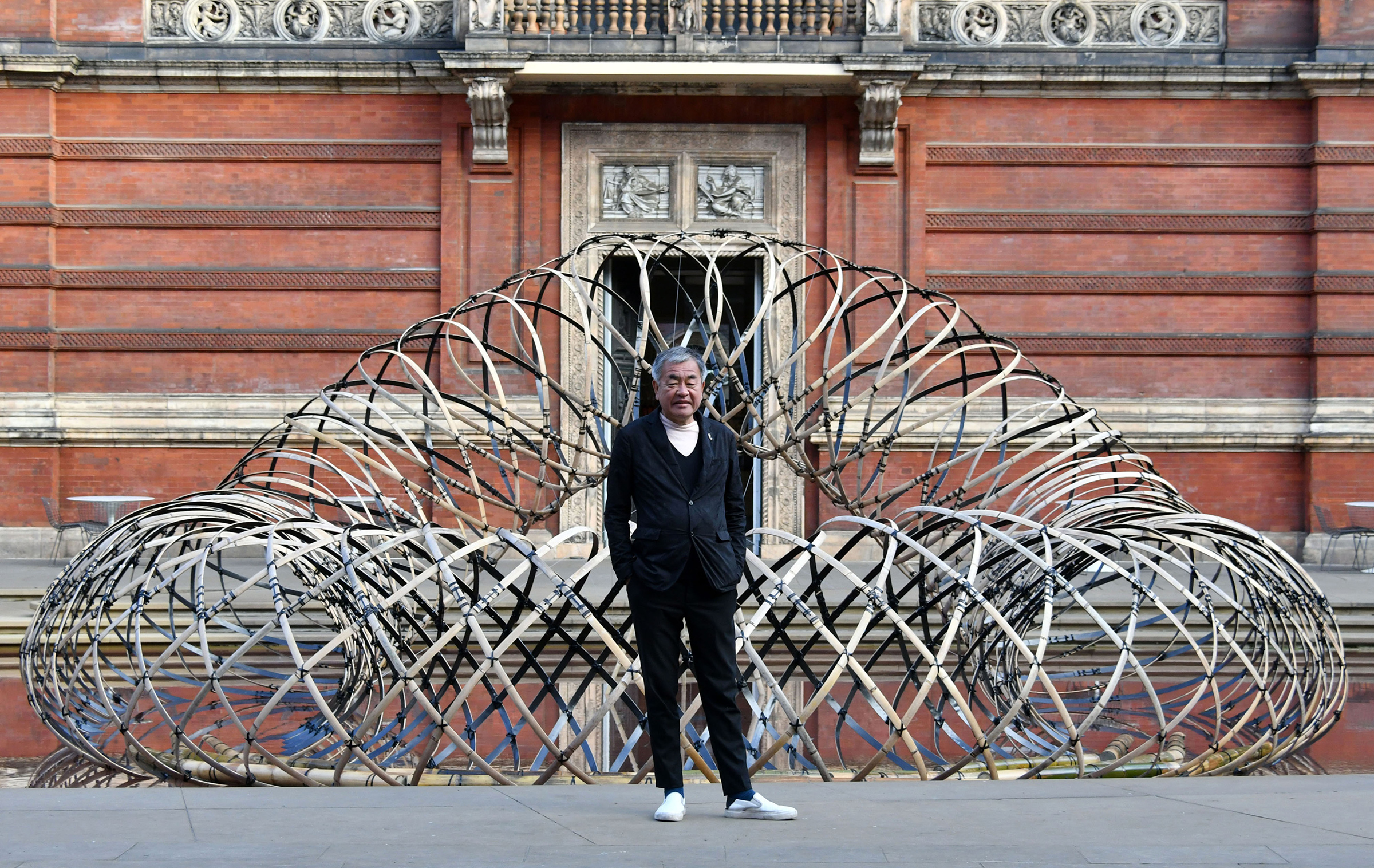Kengo Kuma champions an ideal of “losing architecture”—intricate buildings that disappear into their environs—although it’s hard to miss the new National Stadium in Japan when walking through the heart of Tokyo. His stylistic fingerprints can be seen throughout the elaborate project, designed by Kengo Kuma and Associates in collaboration with two other firms for this year’s Olympic Games. Greenery dots the facade of the oval-shaped structure, the centerpiece of this year’s Games, allowing a series of wooden eaves—a favored material for Kuma, procured from prefectures across Japan—to better blend in with the surrounding garden. The eaves slant upward to gently welcome visitors inside, where tens of thousands of forest-toned seats await. Such public projects—which require architects to accept certain conditions and demands, and limit their freedom of expression—can nonetheless gain natural sympathy and create a welcome new space for communities.
Hosaka is director of the Shiga Museum of Art and curator of “Kuma Kengo: Five Purr-fect Points for a New Public Space” at the National Museum of Modern Art, Tokyo
- What Student Photojournalists Saw at the Campus Protests
- How Far Trump Would Go
- Why Maternity Care Is Underpaid
- Saving Seconds Is Better Than Hours
- Welcome to the Golden Age of Ryan Gosling
- Scientists Are Finding Out Just How Toxic Your Stuff Is
- The 100 Most Influential People of 2024
- Want Weekly Recs on What to Watch, Read, and More? Sign Up for Worth Your Time
